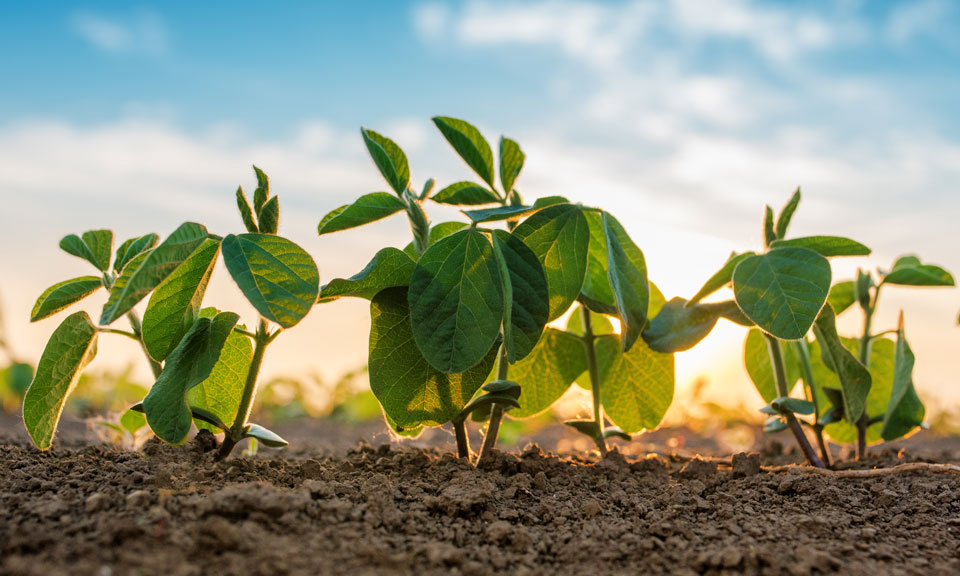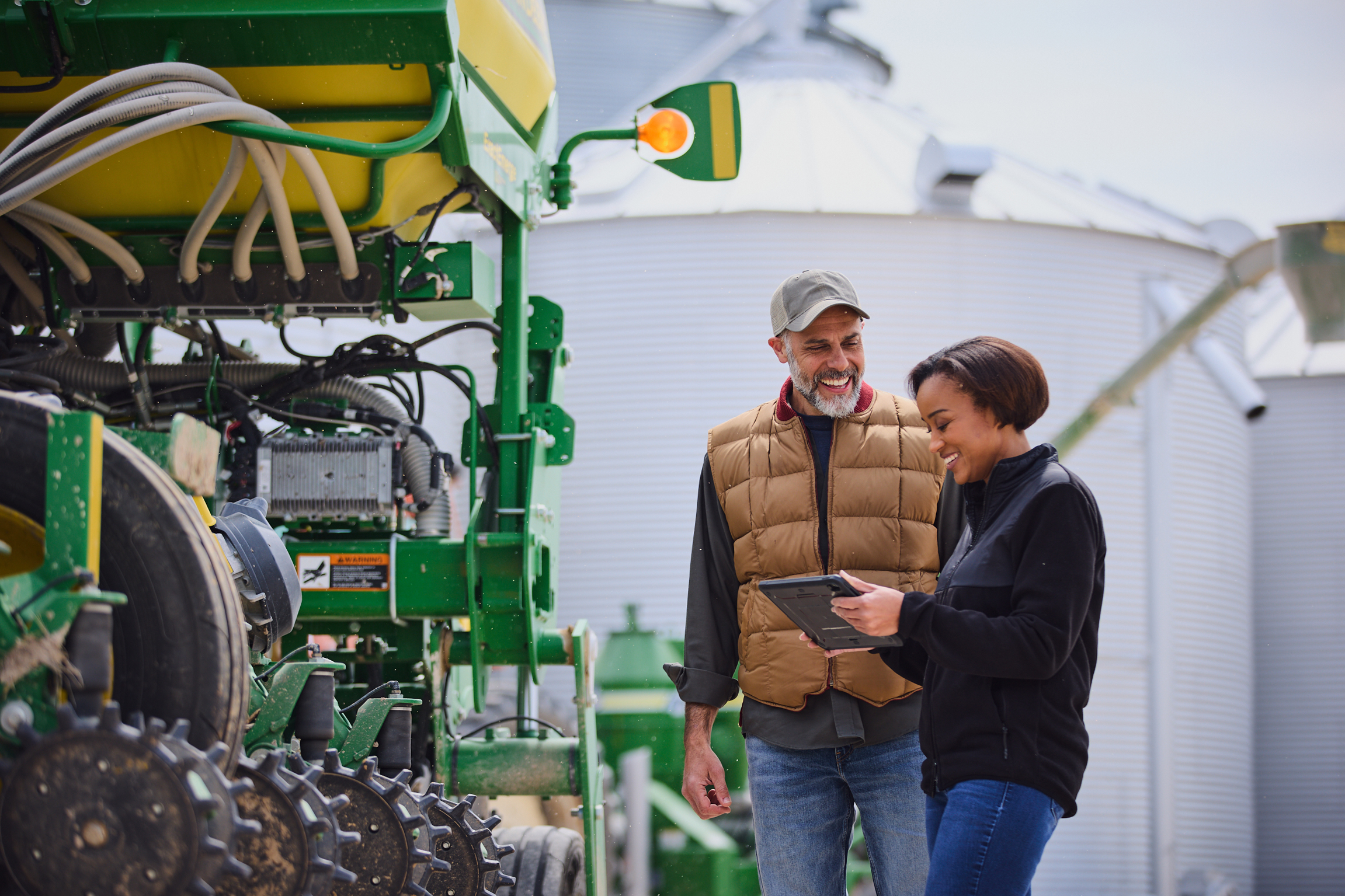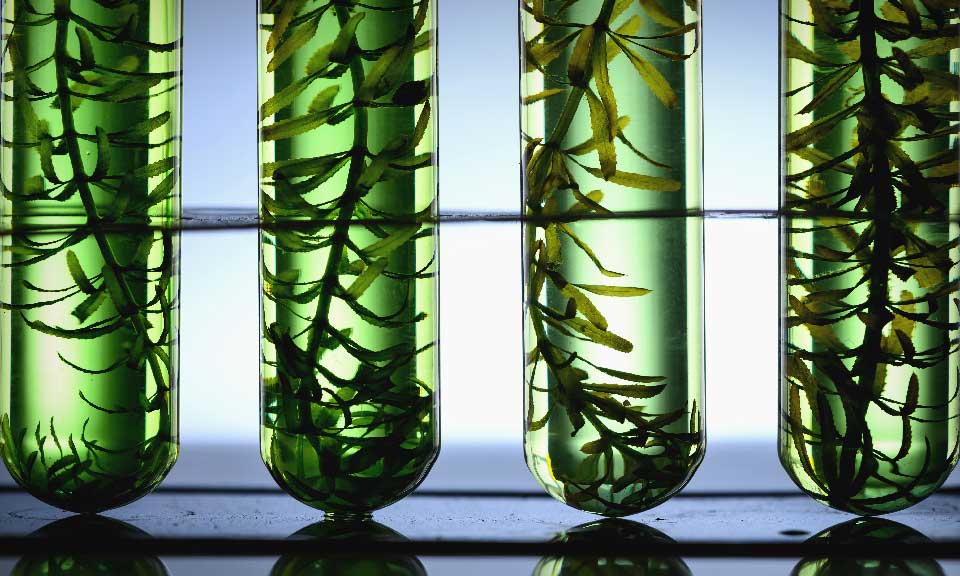With climate change lurking, China’s food security dream seems a bridge too far

Dreams are unrealistic, impractical, demanding – but absolutely essential to living a rich and fulfilling life, Ralph Marston once said. But what if a dream is too good to be true, especially when you are betting against mother nature?
China has pitted its food security mission against the ever-rising menace of climate change. With global warming-led extreme weather conditions across the world, agriculture has never been on shakier ground. The imminent threat of droughts, floods, hurricanes and tornadoes gets stronger with each passing year, making production and yield forecasts murkier than ever.
When the world's second largest economy embarks on a mission of self-sufficiency in food supplies to feed its 1.41 billion population, skepticism is likely to prevail – especially when the country has been witnessing a spate of climate change-led natural disasters in recent years. China's agricultural ministry conceded in March that the country is staring at the worst-ever crop harvest in 2022 on the back of record floods and other natural catastrophes last year.
Global warming, which some say is China's undoing, is quickly changing the narrative of what's normal weather and what's abnormal. Northern China, a key region for grains production, which used to be typically dry and arid, was flooded during the corn harvest in 2021, leaving nothing but mud and misery for the distraught farmers.
Henan, China's key agricultural province that grows about 25% of the country's wheat and 10% of its corn, and accounts for 10% of the nation's pork production, received years' worth of precipitation in just three days in July 2021, leading to disastrous flooding and widespread crop and livestock damages.
If that's not all, climatologists see China as the hotspot of global warming-led natural calamities in years to come.
A China Meteorological Administration-backed research report has raised fears that the country is in fact the most vulnerable to climate change. China's average temperature has risen faster that the global average, making the country extremely susceptible to floods, droughts and typhoons, the CMA report released August 2021 said.
Compounding the severity of the situation, scientists fear that due to global warming, China could be on the brink of being hit by a wave of crop pests and diseases in coming years, jeopardizing the country's food security ambition even more.
There is an old Chinese saying that as long as public grain reserves are full, governance will be easy.
China's President Xi Jinping said on March 6 that food security is a major issue, without which the country could be left vulnerable to foreign factors, such as geopolitical risks.
China must show urgency in bolstering its agricultural production, Xi said. it needs to stabilize food and corn production and expand output of soybean and oilseeds to make sure Chinese bowls are mainly filled with Chinese food, he said.
An increasingly assertive Beijing sees food security as an enormous challenge. The country may have colossal economic clout, but it's not doing too well on food security parameters.
China ranked 34th out of 113 countries in the 2021 Global Food Security Index, which measures food affordability, availability, quality and safety, and natural resources and resilience.
"The last thing Beijing needs in its bid to become a global superpower is to depend on foreign food supplies," a Shanghai-based commodity consultant said.
Soaring food prices amid extreme weather conditions across the globe, coupled with Russia's invasion of Ukraine, have left the world's second largest economy frantic in its effort to secure supplies.
China is the world's biggest importer of corn and soybeans. In the last couple of years, the country has also emerged as one of the top importers of wheat.
This trend doesn't bode well for a country aiming for food self-sufficiency, especially when its agriculture sector is decades behind the west in terms of modernization.
"Every country in the world has faced natural climate change-led natural disasters, but China's limiting factor is its fractured farming system and antiquated methods," said Pete Meyer, head of grain and oilseed analytics, S&P Global Commodity Insights.
Some China-based agronomists and consultancies concede that food security is a herculean task for the Xi government. Nonetheless, they feel some important measures must be taken as a first step in facing this humongous challenge.
"With such a large population and limited farmlands, we cherish every piece of land and make every effort to fight the floods and droughts and reduce the losses," Shanghai-based agro consultancy JCI China said.
Beijing is investing a lot of money in reviving domestic farm production, JCI said. Crop rotations, bolstering the agricultural infrastructure, deferring sowing time to avoid unfavorable weather and developing water-storage technologies are some of the steps government has taken, it said.
For some, the scale at which China needs to revitalize and modernize its farming sector to counter climate change is too great and perhaps too late.
Global warming is adversely affecting crop yields across the world, especially China, researchers said. So, unless there is a universal collective resolve to rein in climate change, Beijing is fighting a losing battle, they said.
But history has also shown time and again that a resolute China can turn conventional wisdom on its head.
Many doubted the world's second largest economy when it embarked on a mission to become a major global economic powerhouse by the turn of 21st century. We all know what happened next.
Having said that, the Asian giant's food security aspiration seems more ambitious than snowfall in the Sahara.
With global warming-led climate change onslaught on China, skeptics are again having a field day.
But S&P Global's Meyer is having none of it.
"China is well aware of the predicament around providing enough food for its population and will stop at nothing to get there," he said.
Only time will tell if grappling with mother nature is as feasible as winning Olympic medals.

News
Bayer AG has announced the pilot of an expert generative AI (GenAI) system that “quickly and accurately” answers questions related to agronomy, farm management and Bayer agricultural products. The pilot has been developed in collaboration with Microsoft as leading technology partner and Ernst & Young (EY) as an industry partner, the company said. The system is the result of Bayer using proprietary agronomic data to train a large language model (LLM) with years of internal data, insights from thousands of trials within its vast testing network and centuries of aggregated experience from Bayer agronomists around the world, the company said. “Our unique GenAI system has the potential to serve agronomists and benefit farmers all over the world, further advancing AI as an indispensable technology for agriculture,” said Amanda McClerren, CIO and head of digital transformation & information technology for Bayer’s crop science division. Bayer said it is exploring ways to integrate the expert GenAI system into its digital offerings, and the company anticipates broad opportunities for collaboration with other agricultural offerings and partners. “Bayer aims to expand the pilot of the expert GenAI system to selected agronomists and potentially farmers as early as this year, while continuing to advance a separate GenAI prototype allowing users to directly query their own farm data,” the company said. In addition, the partnership between Bayer and Microsoft enables the company to bring ready-made capabilities, AgPowered Services, to the agri-food industry, such as Bayer’s Historical Weather that brings a comprehensive weather dataset to Azure Data Manager for Agriculture that spans the last 40 years and provides detailed, field-level weather insights across global agricultural regions, the company said. Integrating tools from IBM, including from the IBM Environmental Intelligence Suite, the new capability, which was previously available for internal use only, can inform weather risk assessments and actuary processes, Bayer said. It will also be used by Bayer and others to forecast crop seasonality and production changes year over year, as well as train agronomic models, it said. Meanwhile, Bayer is developing a connector that enables access to irrigation data from Lindsay Corp., an industry-leading irrigation solution provider. This expands the data types available to Azure Data Manager's enterprise customers, making it possible for them to connect to irrigation data in the same way as weather, imagery, original equipment manufacturer (OEM) and other data types, the company said. The new cloud offerings will also support regulatory and sustainability reporting, such as providing supply chain traceability that can help ensure compliance with new laws such as the EU Deforestation Regulation, which is expected to go into effect at the end of 2024, Bayer said. This article was first published in chemweek.com. Photo credit: Bayer

News
Asia has seen the fastest growth in biofuels production and exports globally, driven by government policies and export markets for feedstocks. To capitalize on the boom, governments have rapidly pushed out biofuel mandates focused around their country’s main agricultural products. Presently, the largest biofuel producers in the region are China, India, Indonesia, Malaysia, the Philippines and Thailand. Here’s a ready reckoner for Asia’s major biofuel policies along with production, trade and prices. Click for the full-size infographic